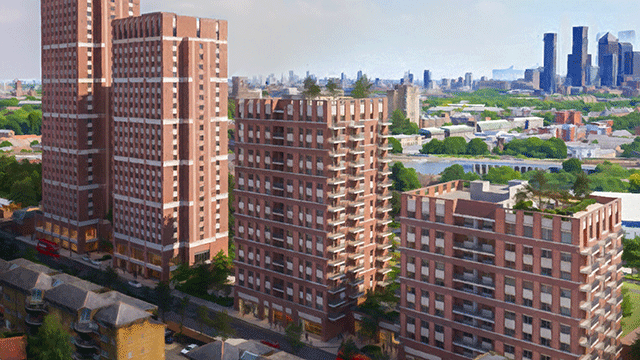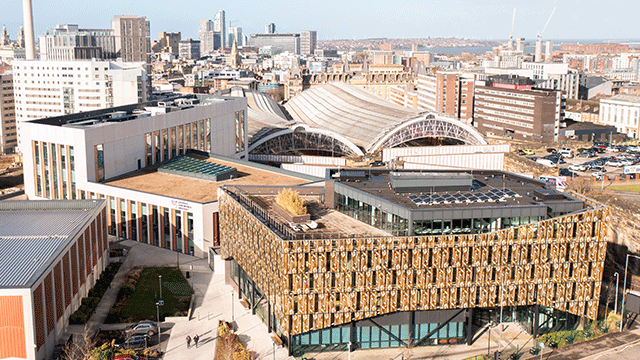With five royal palaces to look after, Adrian Phillips, surveyor of the fabric for Historic Royal Palaces, has a tough job on his hands.
“My job is to conserve 1,000 years of royal history,” says the former DE&J Levy building surveyor, who now leads a team of 22 staff conserving and repairing such diverse and regal edifices as the Tower of London, Hampton Court, Kensington Palace state apartments, the Banqueting House at Whitehall and Kew Palace.
Estates Gazette caught up with Phillips as he was inspecting the roof and iconic chimneys of Hampton Court Palace.
“We have to look after this estate over the long term,” says Phillips as he balances on the lead roof, which is rather hot in the sunshine. “It’s been here hundreds of years but it needs constant attention to keep it in really good condition. My job is to make sure we’ve got a plan to do that. We survey the estate, create 10-year plans and review them regularly to make sure we’re doing the right work at just the right moment. This is a heritage site, so we want to do just the right amount of work at the right time to keep the estate in good condition but not to overly conserve.”
Hampton Court’s palace buildings alone comprises six acres and the parkland around the palace accounts for another 750 acres. Phillips and his team are responsible for putting together a programme of repairs across the estate, aided and instructed by HRP’s team of curators who spend much of their time researching the history of the buildings.
“There are so many things to understand,” says Phillips. “The elevations of all the buildings are very deceptive. You look at that and think it’s a Tudor elevation but it’s been changed over the centuries. A lot of the initial surveys are just understanding what’s original, and where the interventions have been. Then we have to understand the condition. There is analysis of the materials too. We have to know what the actual materials are so that we can match any replacements as closely as possible. There are a lot of different stone types. So we employ geologists to survey every stone.”
For Phillips, the task of keeping some of the country’s oldest and finest royal residences in good repair is not such a long way removed from his old job of surveying office blocks in the City.
“There are a lot of similarities,” says Phillips. “My background is in surveying estates, understanding how buildings work, how they go wrong and what to do to put them right. So the grounding is there, but these estates are very different. They are built by the finest architects and craftsmen, the materials are very traditional, there are different techniques, and we are trying to keep those materials and techniques going. So we have to understand how things were built 100, 200 and 1,000 years ago.”
And despite the recession, Phillips says his budget is actually increasing as more visitors from the UK choose to stay at home rather than holiday abroad. HRP, which was created as a charity in 1998, does not receive state funding but instead relies on entrance fees, sponsorship, functions and events for financial support.
“The visitors are still coming and we’re still making money. We’re doing well,” says Phillips. “In recessions, foreign visitors are often replaced by the home visitors, who are still visiting. Being a charity, rather than a government agency, enables us to budget more effectively. In good times we’re able to put money aside for projects. So our plans are as ambitious as they’ve ever been.”
Philips talks with pride and authority about the first project he managed when he started work at the palace 19 years ago – cleaning and restoring the sculptures in the frieze above Hampton Court’s baroque façade. Other key tasks include removing Victorian mortar, which has damaged the Tudor bricks, and upgrading existing palace doors to meet fire and health and safety regulations.
“William Morris once said, ‘We’re just custodians for the people that come after us’,” says Phillips. “I’ve been here since 1993 so I’ve seen great changes in that time and I’m proud to have had a part in that. But every person who works here has the same feeling. It’s about being part of the history of these palaces.”











